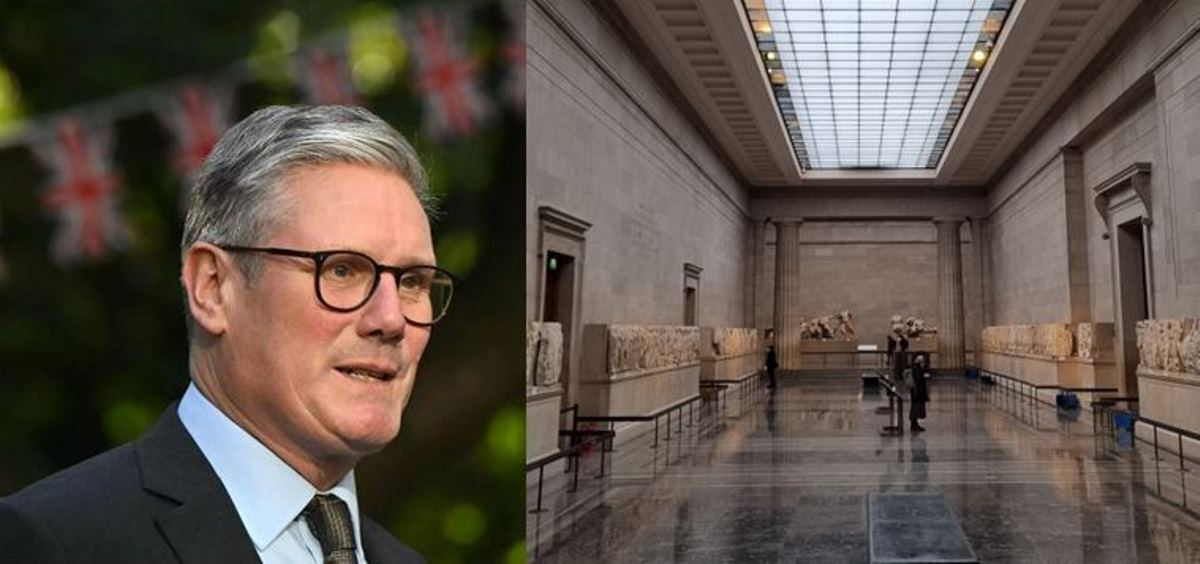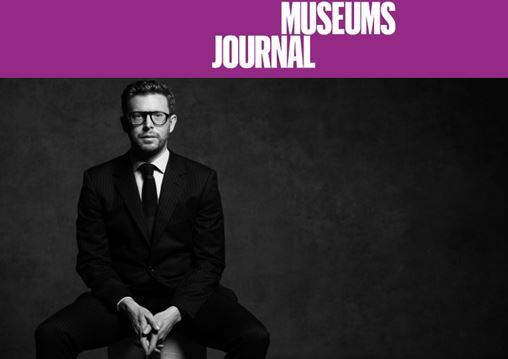The current 'blockbuster' exhibition at the British Museum is 'Troy: Myth and Reality'. Its aim (according to the Museum's press release) is to 'explore the meanings held by both the mythical and the real: for the ancient Greeks and Romans, for travellers and archaeologists from the 19th century until today, and for artists and writers from antiquity into the 21st century'.
That roughly sums up the show's tripartite organisation. Oddly, by far the weakest and smallest is the central section of the nearly 300 objects displayed: the section that focuses on the archaeology of Troy (or Hissarlik, which is generally agreed to be what and where Homer and later Greeks imagined 'Troy' to be).
The exhibition labours also under a very heavy ethical cloud - it is sponsored by environmental destroyer-in-chief BP. No matter how brilliant the artefacts or their display (and both are generally outstanding, enhanced by a superb catalogue), that cloud cannot be dispersed - or even significantly thinned.
Oddly too, though there is a quite significant Parthenon connection (the metopes along the North range are generally agreed to focus on the Troy story in its various manifestations, as part of the temple's overall Greek/Barbarian West/East oppositional iconography), that connection is not even mentioned so far as I could see. Well, actually it's probably not so odd after all: these metopes are of course still in Athens...
Instead, and predictably perhaps, in order to cash in on the interest generated by the exhibition, the Museum through the Guardian newspaper (December 10) has spun a story about Elgin's casts of the Parthenon marbles, which reveal details since lost from some statuary. It's interesting of course that actually more damage was done to some of the marbles in the first 70 years of the 19th century than by the notorious post-industrial atmospheric nephos (smog) of the 20th. But that wasn't the point of the Guardian story - which was to spin Elgin's vandalism as a truly sincere, purely aesthetic desire to preserve sculptures to which he felt such an ineffable attraction on the grounds of their sheer beauty.
Tell that to the birds or, as Aristophanes might have put it, es korakas - to the crows with him!
Professor Paul Cartledge
G. Leventis Professor of Greek Culture emeritus University of Cambridge Faculty of Classics, Vice Chair for the British Committee for the Reunification of the Parthenon Marbles (BCRPM)






Comments powered by CComment